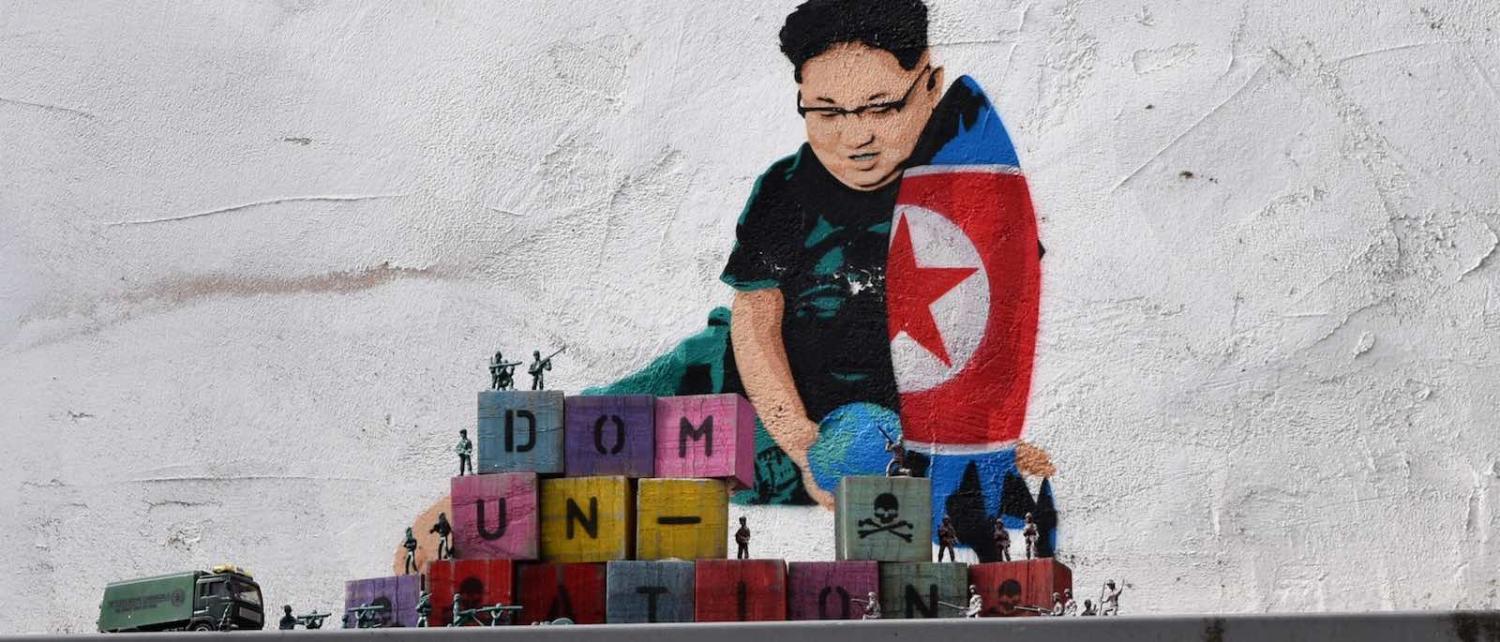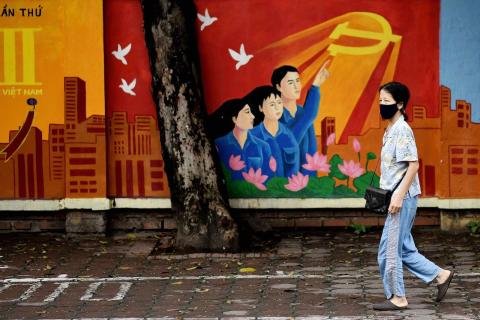Almost two weeks have passed since Kim Jong-un delivered his 2019 New Year Address. He informed the world of his intention to capitalise on his diplomatic victories to enhance North Korea’s international status. He also expressed his willingness to continue the détente with South Korea and the United States.
North Korea’s strategy towards the United States and South Korea has been based on a desire to decouple Seoul from Washington.
In the past several years, Kim has used the New Year Address as a way to communicate North Korea’s intentions with the rest of the world. The 2017 Address signalled his determination to develop North Korea’s nuclear arsenal. The 2018 Address showed his willingness to engage with the South and the international community.
Many Korea watchers have studied Kim’s words closely, and they have come to the conclusion that North Korea is looking at new ways to deal with the US.
These could be a building of a better relationship with China, which was seen in Kim’s latest visit to Beijing, or a return to missile and nuclear tests, which isn’t likely in the next several months given the pending second Trump-Kim summit.
However, there is another option that hasn’t been taken into consideration: the decoupling of the peace process with South Korea from the denuclearisation process with the US.
The language of Kim’s speech indicates that North Korea will employ “selective détente” if the talks with Trump break down.
Pyongyang’s strategy towards the US and South Korea has been based on a desire to decouple Seoul from Washington. To achieve that goal, North Korea will seek to widen the differences between South Korean North Korea policy and the US North Korea policy.
The South Korean left prioritises the Korean race (minjok) over ideological disparity. This opens a pathway for Kim to stoke ethnonationalism and break South Korea away from the US. One particular statement from Kim’s speech illustrates this point:
Given that north and south committed themselves to advancing along the road of peace and prosperity, we maintain that the joint military exercises with foreign forces, which constitute the source of aggravating the situation on the Korean peninsula, should no longer be permitted and the introduction of war equipment including strategic assets from outside should completely be suspended.
Kim attributes the achievement of peace in Korea to both North and South Korea, and he uses the phrase “fellow countrymen” to refer to both North and South Koreans as the beneficiary of the inter-Korean détente.
What is more important is that this paragraph reflects North Korea’s official definition of denuclearisation as the removal of all nuclear threats in both parts of Korea and in the peninsula’s vicinity.
Even though Kim does not verbally accuse the US, his reference to “foreign forces” clearly indicates his suspicion of Washington ruining the peace process if talks do not go its way. By blaming the source of tension to outside powers, Kim wants to assure South Korea that if North Korea ever returns to provocations, the North will still hope the inter-Korean détente can continue.
The first Trump-Kim summit did not result in a declaration of North Korea’s nuclear facilities, a roadmap for international inspections, or a halt in North Korea’s nuclear production. Apparently, a second Trump-Kim summit without a list of North Korea’s nuclear and missile facilities would be considered a failure.
Unfortunately, given North Korea’s continued expansion of its missile facilities, which could be used to target the US, there are reasons to doubt Kim’s sincerity to denuclearise. To avoid being blamed for the negotiation deadlock and potential failure, North Korea has defended itself by communicating its definition of denuclearisation and putting the ball into Washington’s court by forcing it to respond to North Korea’s scrapping a missile facility and a nuclear testing site.
It can be predicted that Kim hopes to get another summit with Trump for propaganda purposes, and if Kim is lucky enough, he can persuade the US to tone down its military presence in South Korea given the current deadlock in US-South Korea negotiations over a cost-sharing agreement.
Under the circumstance that the denuclearisation process with the US collapses, Kim can continue his détente with the South on the ethnonationalist ground to push for the reopening of joint Korean projects in Kaesong Industrial Complex and Mount Kumgang Tourism Resort.
The remaining question is how far President Moon Jae-in will carry on with the peace process without a US blessing. Moon understands that economic cooperation with North Korea requires sanctions relief from the US, and at the same time, he also wants to boost inter-Korean economic ties to address South Korean unemployment and improve his domestic rating.
Certainly, North Korea is putting much pressure on Moon, and Moon will have to make a choice between North Korea and the US in the aftermath of the second Trump-Kim summit.

